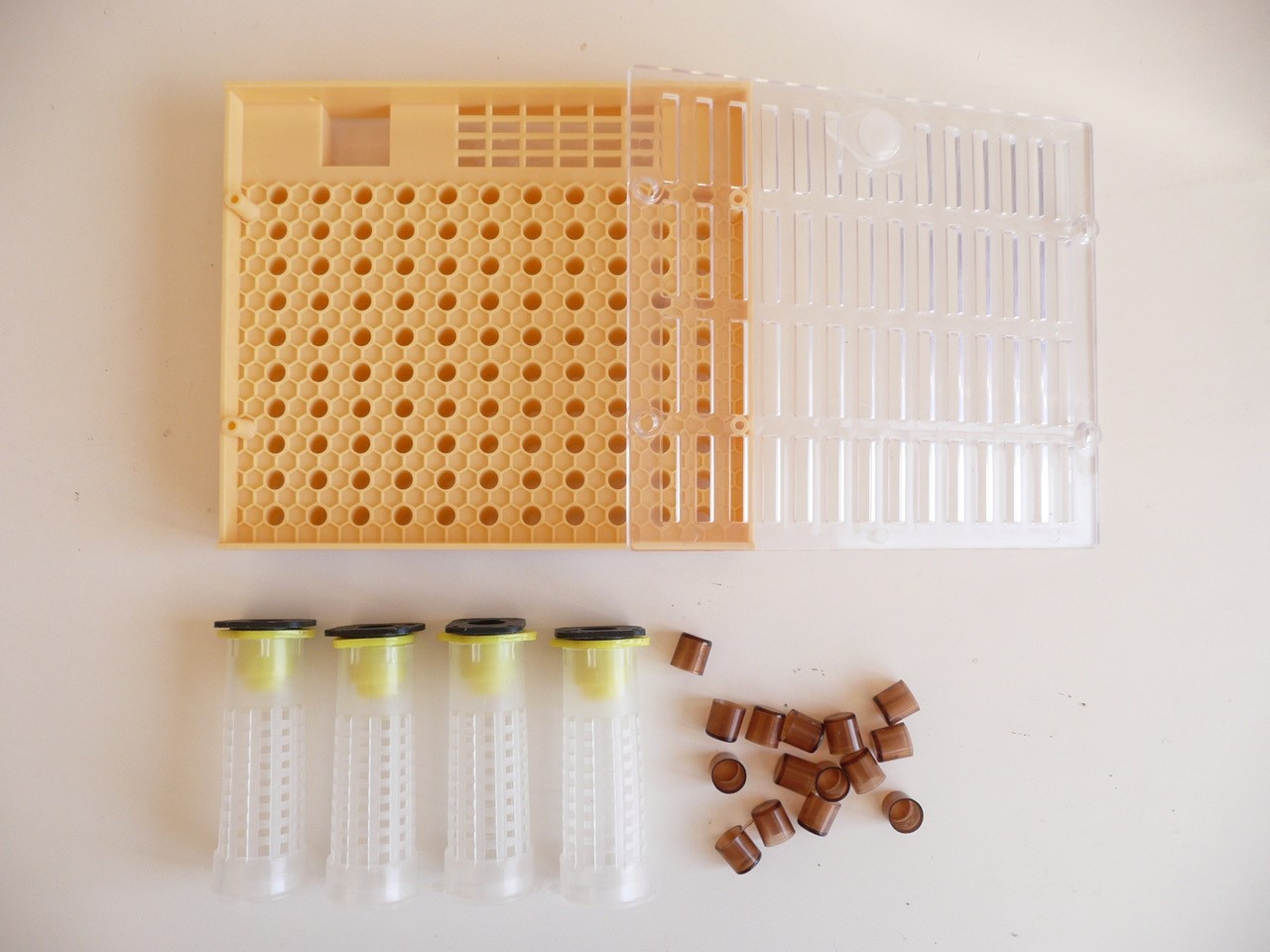Bee Blog October
01 October 2018
Hello,
I am Gerald Bushby (pronounced bush bee!) a beekeeper in Weston on the Green, a small village in Oxfordshire. I am going to be writing a monthly blog about the bees in my apiary. I hope you will find it interesting. I should start by saying that I am not an expert, having only kept bees for three years. Anything I say is my own personal opinion; I accept that there may often be other views and opinions.
October has arrived and this time of year things are beginning to settle down in the apiary for the winter. The weather is surprisingly still warm during the daytime with very little rain and the bees are still active. They are gathering nectar and pollen from plants that are still flowering and will soon be moving on to plants such as ivy which are just about to flower, taking advantage of the settled start to autumn.
This year I removed about 40lbs of honey from my main hive, this was much more than I thought I was going to harvest at the start of the year but only about half of my harvest from last year when I had two active hives.
The two nucleus colonies with the new queens are doing well with numbers of bees increasing. They are laying down nectar and pollen for the winter ahead. I am feeding both nucleus with sugar water to help them building stores. Both of the queens have settled in and I am finding that the bees in both nucleus are much friendlier and easier to handle than the bees in my main hive. Long may it continue. The bees in the main hive have always been a little feisty to say the least, but as I have mentioned previously they have been very productive making honey. Next year however I think I will “re queen” the main hive. To do this I will have to remove the old queen and replace her with another queen with calmer characteristics hoping that at the same time she will be as productive as the old queen. I could do this by buying in another new queen but my current thinking is that I will start to produce my own queens.
Many beekeepers breed their own queens but as the process is new to me I have been doing some background reading and looking at how to do clips on YouTube. Fundamentally the bees are encouraged to produce numerous queen cells in a structured way so that the cells can be harvested by the beekeeper who isolates each queen when she hatches and then arranges for her to be mated before introducing her to her new hive.
This process of beekeepers producing queens has been going on for many years with beekeepers grafting, by hand, 3 day old eggs from a brood comb into a structure for the bees to form into a queen cell. These days, however, clever designers have made the process easier and hopefully more productive.
I have chosen a particular system where the queen you wish to breed from is placed into a plastic box construction for a few days, this months photograph. The back wall of this small box looks like the cells of a normal comb into which the queen would normally lay eggs. The back of each open cell however is not solid like in normal comb but has a separate plastic cap fitted over the end of the cell accessible from the other side of the box. After a few days when the queen has laid eggs in these caps she is released back into her hive and the plastic box removed. The caps are then removed and fixed into a frame for the second part of the process. It may sound quite complicated but it is only mimicking what normally happens in a hive.
The second part of the process is to place the frame containing the eggs within the caps into a queenless hive. The bees being queenless start to draw out the caps with wax to form queen cells. One hive can produce 20 – 30 queens this way if required by the beekeeper. As time passes and the queen cells develop and are capped the beekeeper by placing a small plastic tube, known as a “hair roller” as it resembles one, over the sealed cell until each queen hatches. If this did not take place the first queen to hatch would kill the queens in all the other queen cells.
The final stage of the process is to place each individual virgin queen cell into a mating nucleus. When mated, the new queen can be marked and placed in a new colony. In my case to replace the old queen in my original hive and produce queens for re queening the following year. Many beekeepers replace their queens each year. A young queen is more productive and has a lower tendency to swarm in her first year.
Next spring will be an interesting time.
I am a proud supporter of the ‘Bees for development’ charity, my love of the bee drew me to this wonderful UK based charity and the great work they do around the world with Bees and the impact they can have on people’s lives. Please help me support this wonderful organisation, as 2BScientific will be doing with donations to this hard-working charity.
